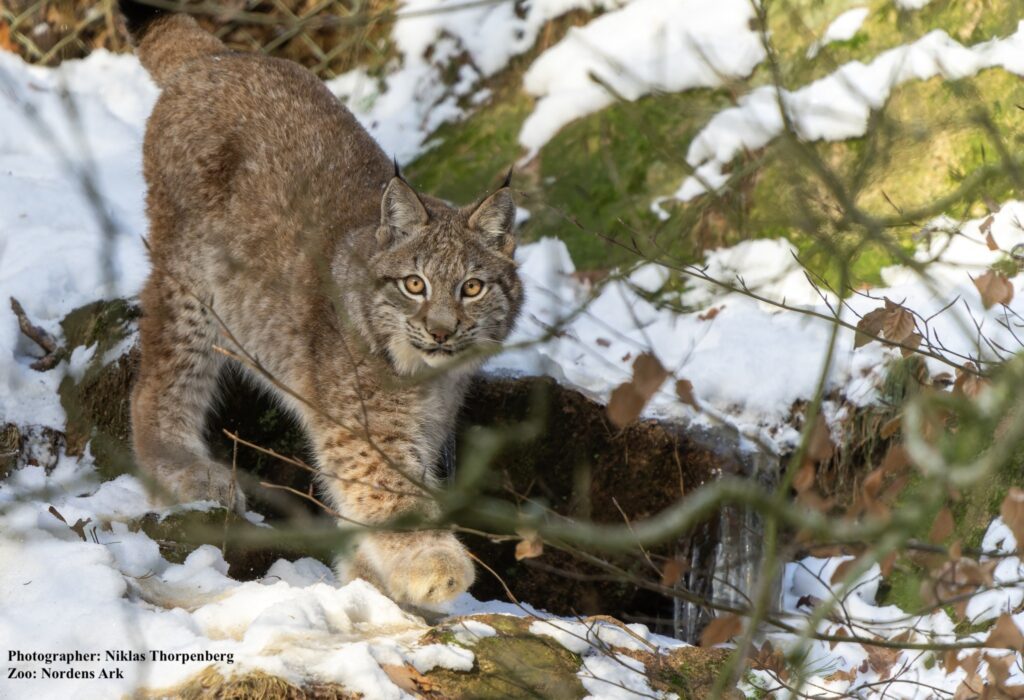Background
Aims
After the last ice age, Europe was home to several species of wild felines. Today, only the Eurasian lynx (Lynx lynx) remains, together with remnants of the European wild cat (Felis silvestris) and the Critically endangered Iberian lynx (Lynx pardinus). Together with the other large predators, such as wolves or bears, the lynx has an important ecological role. They are the only native, wild feline living in Scandinavia today. Lynx are an elusive species and very avoidant of humans. This makes them hard to study in the wild.

Eurasian lynx are a popular species in captivity. Behavioral problems, such as stereotypies, are common among captive felines. Stereotypies develop when an animal cannot perform an important natural behavior and they can therefore vary between species, depending on what it is they are lacking. The most common type among captive felines is pacing, where the animal goes back and forth in a fixed route, sometimes for long periods. If we learn more about the behaviors and needs of Lynx, perhaps we can improve their conditions in captivity.
The aim of this study is to expand on the current knowledge of lynx behavior in captivity and improve management practices through behavioral observations, focusing especially on the role of visitor presence.
The visitors effect
“The visitors effect”, refers to the consequences of human visitors on the behavior and wellbeing of captive animals on display. How visitors may impact an animal is dependent on many complex factors such as species, individual personality of the animal, enclosure design and the behavior of the visitors themselves. The visitor effect is thought to occur when visitor numbers are high and is usually associated with negative welfare and may results in decreased social and play behaviors and increased hiding, vigilance, agonistic behaviors and stereotypies.
There are very few studies focusing on the visitors effect concerning captive felines and even fewer focusing on lynx specifically. That is why I choose to do this study. Follow the button below to learn about my method: